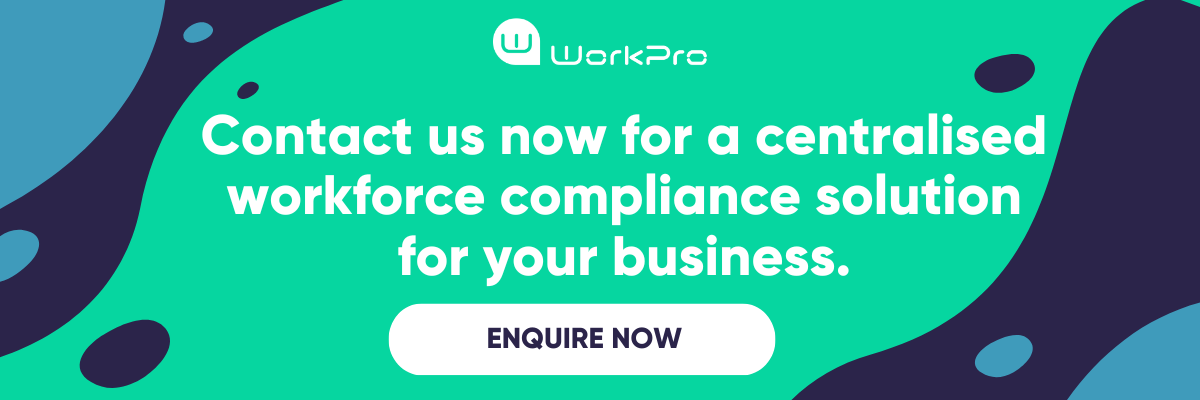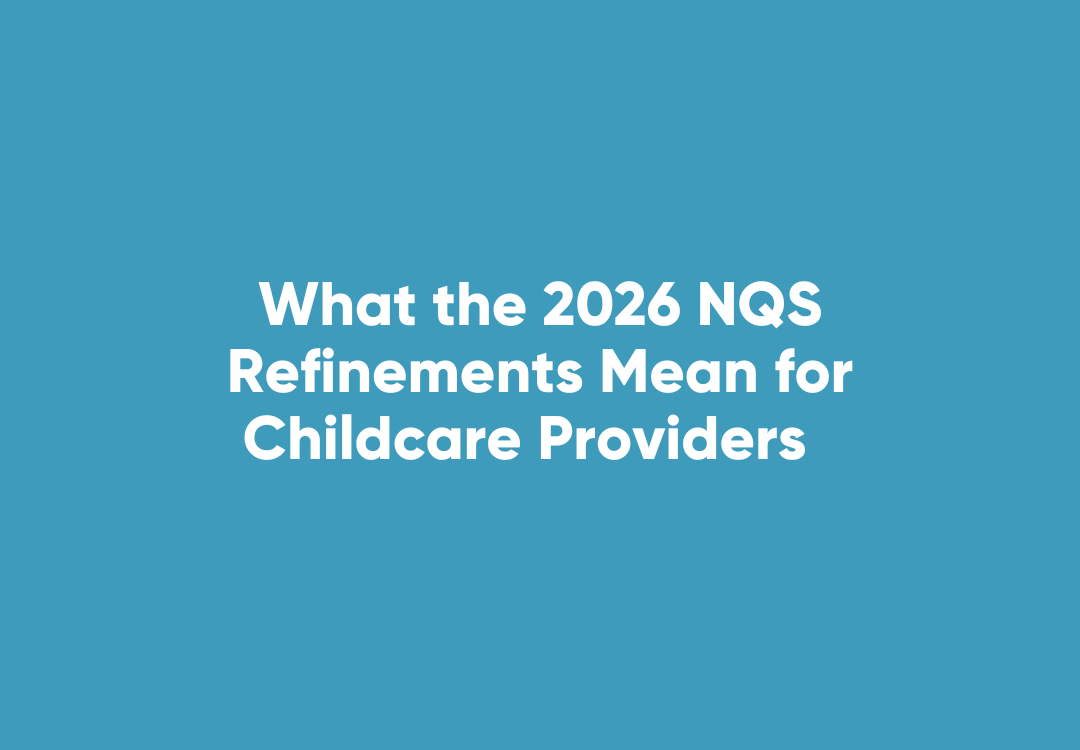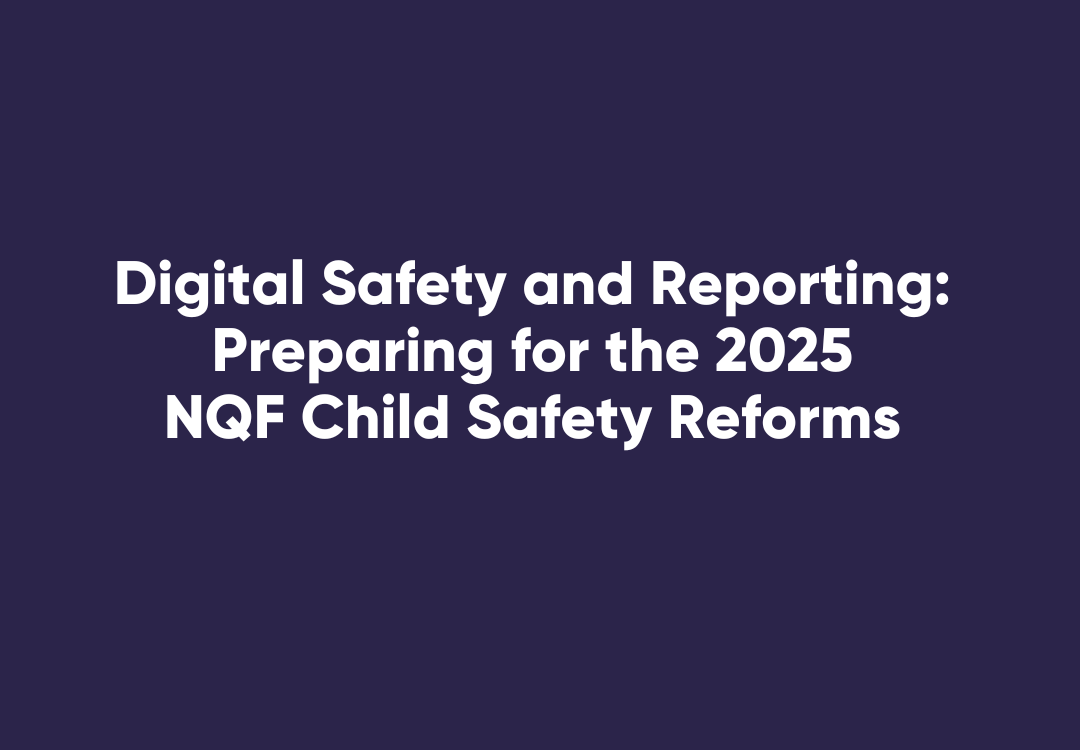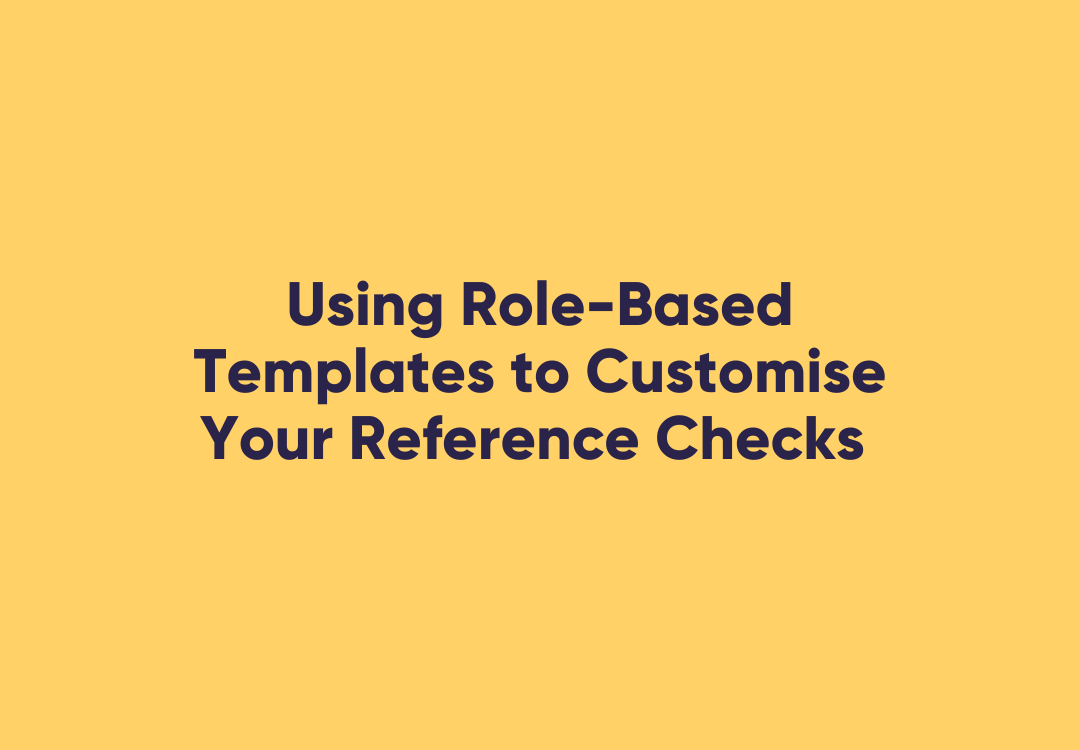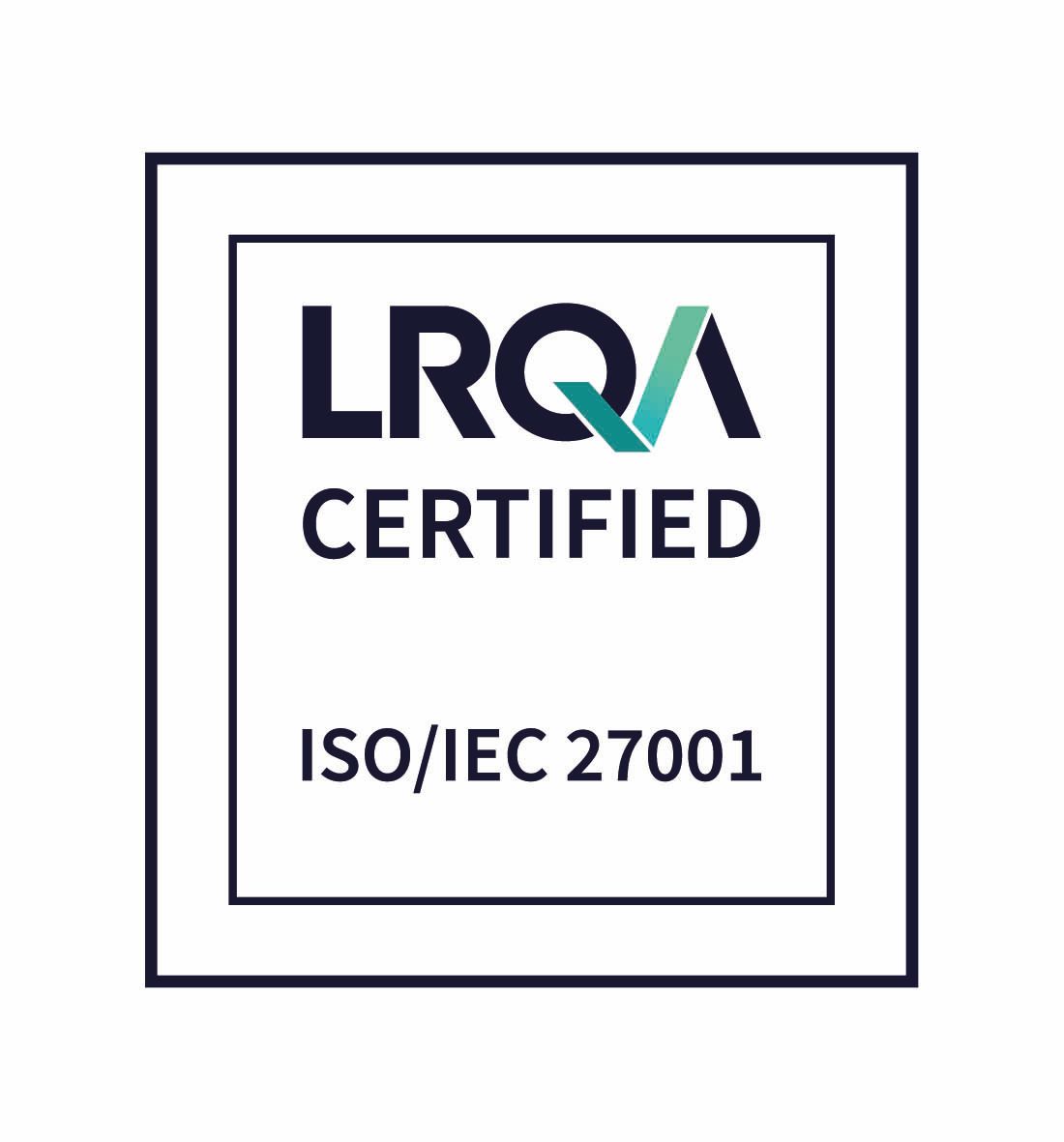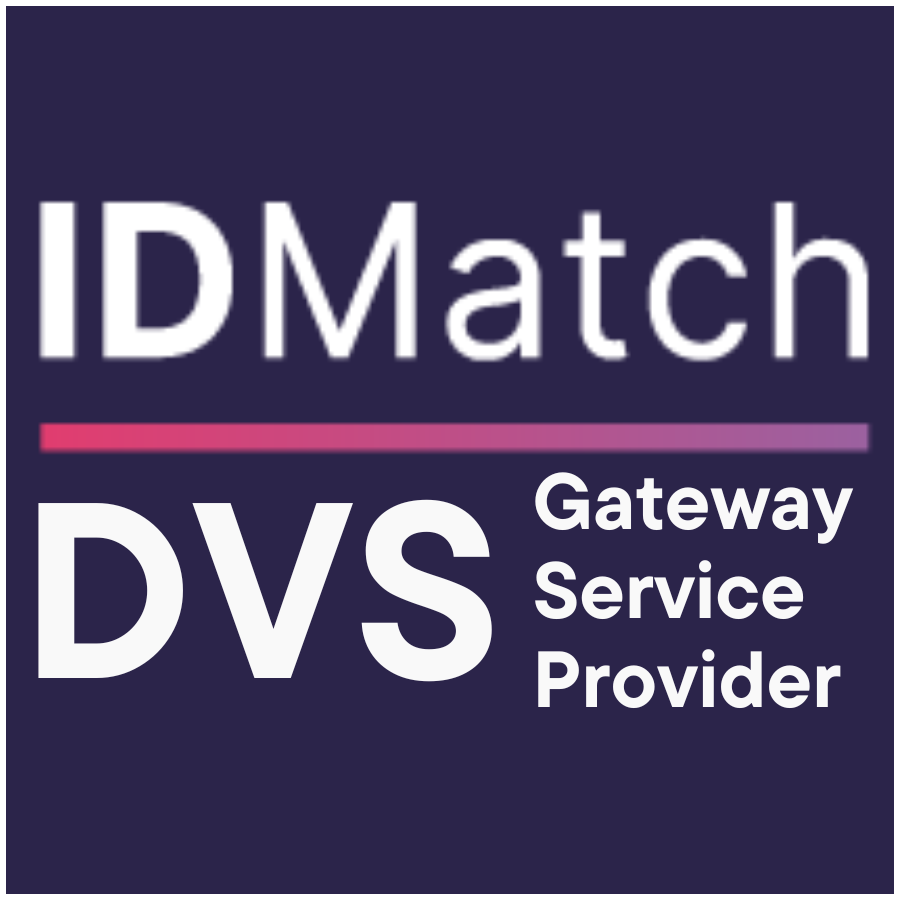Meeting WHS Compliance with the Right eLearning or LMS
Selecting the right Learning Management System (LMS) or eLearning platform is critical for organisations aiming to maintain compliance and uphold Workplace Health and Safety (WHS) standards. The right system does more than just deliver content—it equips employees with the knowledge and skills to meet compliance requirements while simplifying the tracking and management of those obligations.
So, what should HR and recruitment professionals look for when choosing an LMS or eLearning solution to support compliance and WHS? Here’s a breakdown of the key factors to consider.
Key Considerations When Choosing an LMS for Compliance and WHS
Customisation and Industry Relevance
An effective LMS should offer the ability to tailor training to your organisation's specific needs. This may involve modifying modules to reflect particular industry risks or compliance regulations, incorporating real-world examples relevant to your business. Customised training ensures that employees engage with the content and absorb practical knowledge they can apply directly in their roles.
For example, in industries like construction or healthcare, where WHS risks are high, training should cover role-specific hazards and safety protocols. By customising content for these high-risk environments, organisations can improve safety outcomes by making the training relevant and actionable for their workforce.
Interactive and Practical Learning
Engaging employees with interactive, hands-on learning is one of the most effective ways to ensure the retention of crucial safety information. An LMS that includes quizzes, simulations, and real-world scenarios makes compliance training more meaningful. These interactive elements allow learners to practice applying their knowledge in controlled situations, helping to reinforce learning and better prepare them for real-life scenarios.
In WHS training, understanding and correctly applying safety procedures is essential. Interactive simulations of potential hazards or emergency responses allow employees to engage deeply with the material and better prepare for on-the-job situations where safety procedures must be followed.
Compliance Tracking and Reporting
A robust LMS offers detailed tracking and reporting tools that help HR teams monitor employee progress and ensure compliance. This is particularly important for WHS regulations, where ongoing training and certifications must be maintained to ensure that employees are up-to-date with legal requirements.
Compliance tracking features should include the ability to generate reports, issue completion certificates, and store transcripts of training for each employee. These tools are invaluable during audits or inspections, as they provide a clear, detailed record of compliance activities.
Accessibility Across Devices
Ensuring that the LMS is accessible across devices is crucial. Employees may need to complete their training remotely or on different devices, so the system must be adaptable, whether it’s accessed on a desktop, tablet, or mobile. This flexibility ensures that training is delivered efficiently, no matter where employees are located.
Integration with Existing Systems
The LMS should integrate seamlessly with other systems your organisation already uses, particularly HR and recruitment platforms. A smooth integration links onboarding and training, reducing administrative tasks while ensuring that compliance data is automatically recorded and easily accessible. This integration streamlines both the training process and compliance management, providing HR professionals with a unified system.
Connecting eLearning with Compliance: A Holistic Approach
When choosing an LMS, it's vital to consider how the platform connects to other areas of workforce compliance. Compliance goes beyond training—it also encompasses background checks, credential verification, and ongoing certification management. To achieve full compliance, your LMS should integrate these additional elements for a comprehensive solution.
For instance, when hiring a new candidate, it’s not enough to ensure they complete WHS training. Employers also need to verify work rights, qualifications, and professional licences. An LMS that integrates background checks and credential verification ensures that all aspects of candidate compliance are managed within one platform. This reduces the need for multiple systems and offers HR teams a complete view of each candidate's compliance status from the beginning of the onboarding process.
By connecting eLearning, background checks, and document verification, organisations can streamline the compliance process from end to end. This integration also supports ongoing compliance by automating licence and certification rechecks, issuing alerts when renewals are due. Such a system helps prevent lapses in compliance, ensuring the workforce is always ready and qualified to work safely and legally.
Why WorkPro is the Smart Choice for eLearning and Compliance
While many LMS platforms offer flexibility and functionality, WorkPro takes it further, providing a fully integrated platform that combines eLearning, background checks, and credential verification. This creates a complete compliance solution for your workforce. Our extensive library of compliance and WHS modules is designed to engage employees through real-world scenarios, ensuring that the training they receive is both relevant and practical.
WorkPro’s seamless integration with major HR platforms simplifies the entire process of onboarding and ongoing compliance. You can track every aspect of workforce compliance in one place, from initial background checks to licence renewals and refresher courses. No more juggling multiple systems—WorkPro provides a unified solution that makes compliance management straightforward and efficient.
Looking to streamline your compliance and eLearning processes?
Get in touch with WorkPro today to see how our all-in-one platform can help your organisation meet WHS compliance and beyond.




